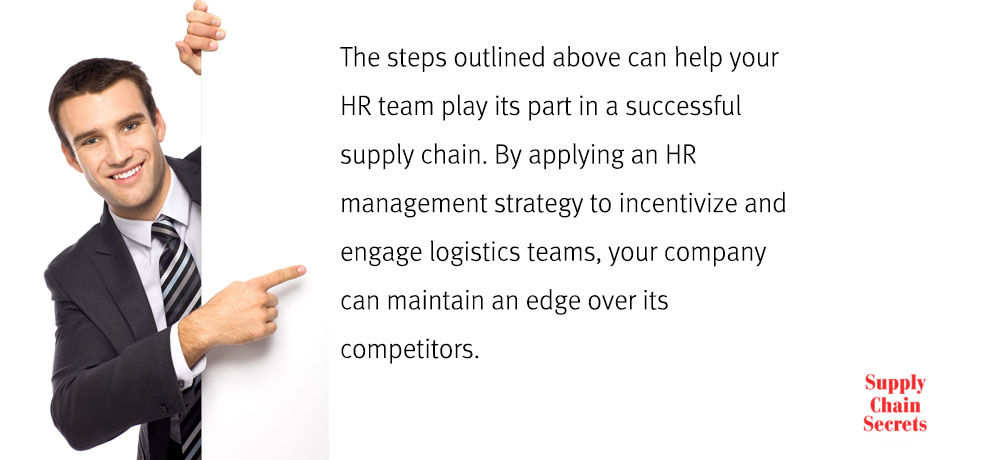
A high-performance supply chain is essential for any company to stay in front of the competition, and contrary to what many IT aficionados would have you believe, people are still the critical ingredient in supply chain performance.
At a time when many companies prioritise technology implementation and partner selection over logistics workforce development, your company can achieve a competitive advantage by investing in the performance of labour and management resources.
Choose the Right HR Management Strategy
To leverage the potential of your people most effectively, it’s paramount to ensure the right HR management strategy is in place to hire, train, retain and optimise your logistics workforce.
This strategy of course will depend upon the business goals and the culture within your company, but to promote excellence in logistics workforce performance, will probably fall into one of the following three general categories:
- A results-based strategy, which rewards employees for meeting KPI targets
- A strategy which rewards people on the basis of behaviour rather than outcomes
- A development-focused strategy, which rewards employees for actively pursuing their own skills development
Whichever strategy is chosen, personnel management and performance-based remuneration will need to be based on clearly defined goals and metrics.
Keeping the Logistics Workforce on Track
To ensure your logistics workforce HR strategy is executed successfully, the following steps (which are omitted surprisingly often, even by companies professing to invest in their people) must be planned and put into effect:
1. Implementation of Performance Metrics
This is the first step in a successful logistics workforce HR strategy. Performance metrics must be developed which make sense for your business and are aligned with business and supply chain goals.
2. Secure Management and Workforce Buy-in
Too many companies make the mistake of implementing metrics without talking to those whose performance will be measured. KPIs will be worthless if your managers and staff don’t see them as realistic or achievable—and more worthless still if nobody understands them.
3. Make Metrics Easy to Track
The more workforce performance metrics you implement, the easier you must make it to religiously track them.
This may require an investment in better business analytics tools, especially if your company is still working with spreadsheets for reporting and data analysis. If your metrics are not easily monitored, they probably won’t be monitored for long.
HR Management Matters to the Logistics Workforce
The steps outlined above can help your HR team play its part in a successful supply chain. While there is no doubt that technology is a key enabler for supply chain success, the best IT applications are impotent without a logistics workforce to manage and operate them.
By applying an HR management strategy to incentivize and engage logistics teams, your company can maintain an edge over its competitors, many of whom become increasingly reliant on IT as a supply chain panacea.

Let their mistake be your advantage—get the best from the people AND the technology deployed in your logistics operation, by keeping on top of HR management strategy and execution.


Well, the working of supply chain is completely based on managerial skills. In this, the role of Human resource management (HRM) is very important. HRM practices can be used to encourage supply chain partners to develop valuable inter-firm relationships and to create knowledge-sharing routines. The result is a better coordinated, streamlined supply chain and, ultimately, new competitive advantage. Thanks for sharing the above information with us.